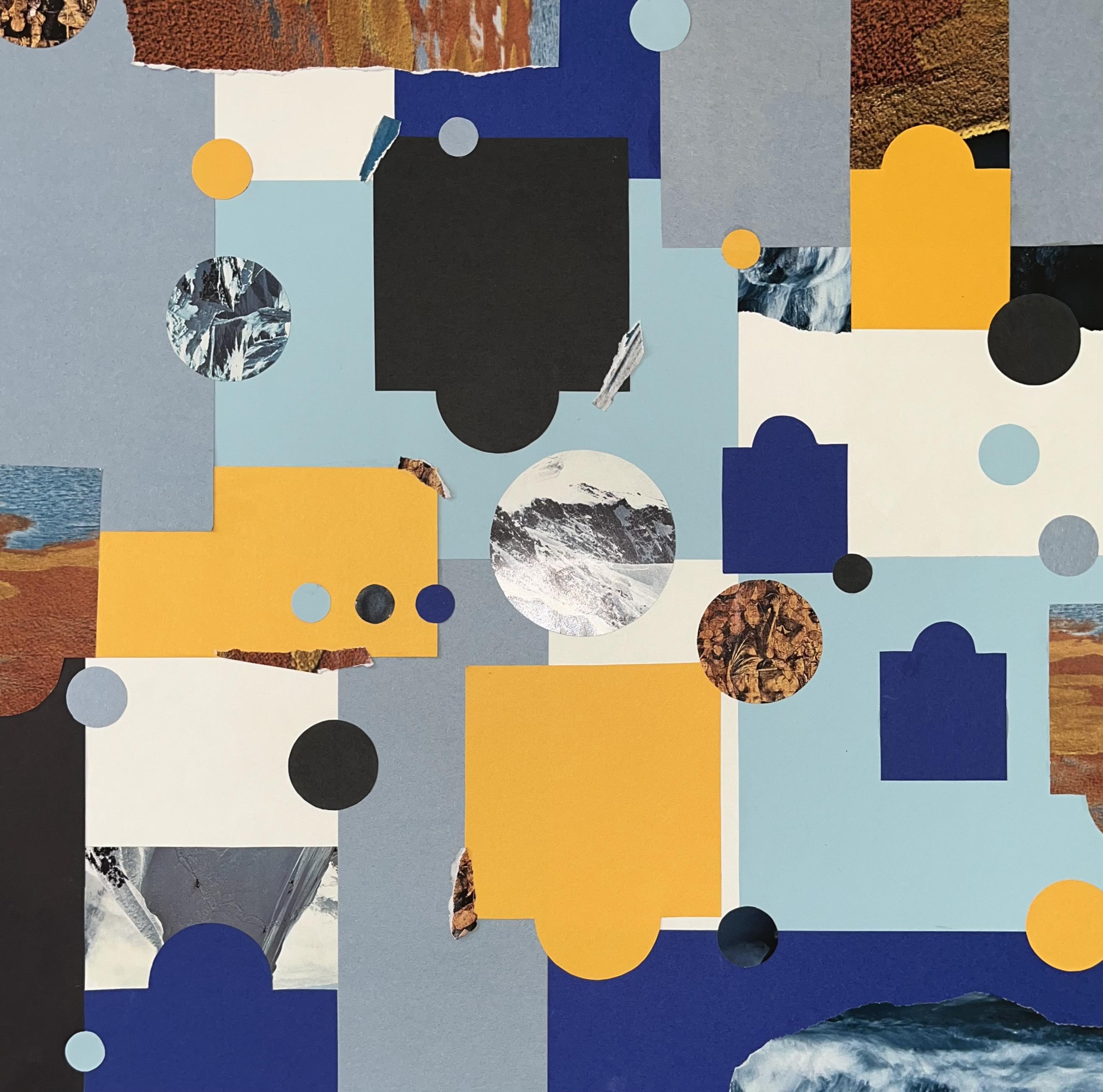Dr. Thomas Dempster on ASMSA’s embodiment of Music, Art, and Literature
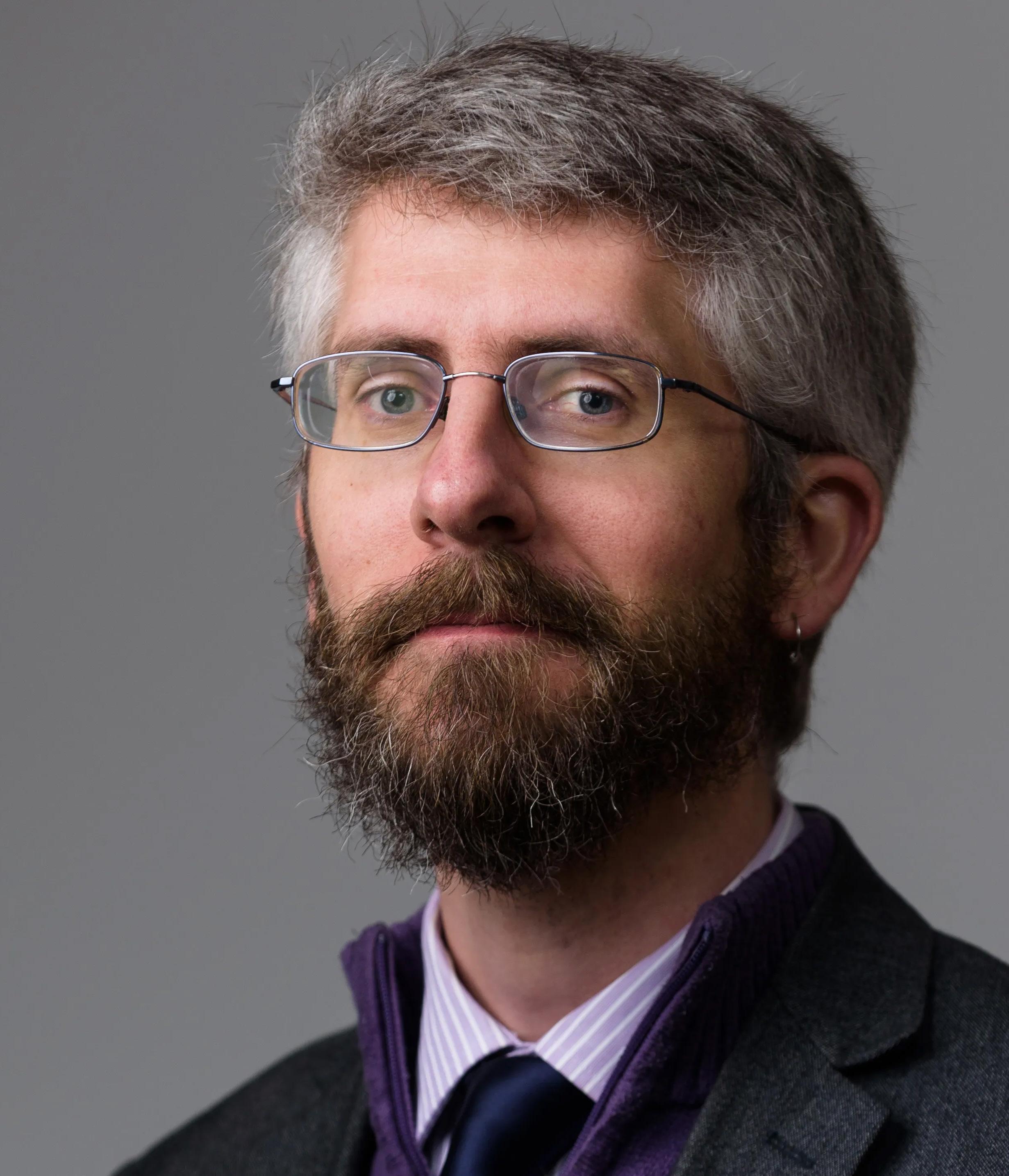
“We as artists, as humanities scholars and students, are not islands behind the easel, laptop, piano, or potter’s wheel, nor isolated behind a desk, library carrel, or archive box. Each brushstroke, each stanza, each paragraph, each measure – they all contain a universe that was born from numerous ingredients. Our art students at ASMSA are highly involved in music performance or theater. Our music students are chemistry nerds and computer science kids and poets and sci-fi writers. Our humanities students have made their ASMSA livings by seeking and creating those connections across multitudes of disciplines. What we do as creative artists and interpreters and storytellers has its basis elsewhere. I cannot come to a fully-fledged piece of music I create without recognizing its influences and, indeed, like all of our student artists and creators, the external world has a huge role on my internal world. While artists may create self-portraits, their backgrounds, brushstrokes, space, colors, proportions, and on, are continuations of long traditions and ideas. Composers react to current affairs or ideas, or interpret nature or machinery, or tell jokes. Poetry, in the immortal words of South Carolina Poet Laureate Chuck Sullivan, is to create a space where one can create an epic journey with seventeen syllables and where we weave threads of beauty, pain, or both into the tapestry of a life.
The students at ASMSA are a community: the creative and performing arts students are a community within that community. Our students create not just for themselves or their families, but for each other. They create to each other. They research and explore and seek to understand for each other in order to understand those connections and, frankly, to discover those connections in the first place. All art and all humanistic pursuits are innately collaborative processes: one needs an audience; one needs a viewer; one needs a reader. That’s simply just the base layer, though – the first step on any throughline.
Our interactions, our discussions, our reactions to each other’s works and ideas – who we support, how we support each other, and how we push and inspire each other to follow that line more closely, deeply, and nurturingly – those are the connections we cherish, crave, and deserve as thinkers and makers. We never know where our own throughlines and paths will lead, whose lines will intersect our own, and how and where we bring our influences and experiences to bear through our work. And our works – and each other – are all connected.”
Thomas Dempster is Associate Dean for Arts and Humanities as well as music instructor at the Arkansas School for Mathematics, Sciences, and the Arts. He directs the ASMSA Wind Ensemble and other instrumental ensembles, directs the Music Capstone experience, and teaches music theory, world music, and various music literature and performance courses.
QUICK FACTS
17 students are in the Visual Arts and Design Program of Distiction
64 students participated in this year’s Arts and Humanties Research Capstone Symposium
42% of instructors teach a humanities course at ASMSA
2
Brian Isbell on Arts and Humanities Research

Capstone Symposium
“The Symposium began in 2019 after years of debate, discussion, and planning, ultimately resulting in an academic model, typically called a conference, with multiple sessions occurring simultaneously. The reasoning behind the Symposium was, and remains, an opportunity to showcase the research and artistic accomplishments of students engaged in humanities and artistic disciplines. In previous years, research in various fields of inquiry—from literary, historical, sociological, and cultural research to artistic achievements in the fine and performing arts—seemed an addendum to Science Fair to many students and teachers.
Now, with a separate venue and celebratory event, more students, faculty, parents, and others have the chance to see and hear what we achieve as a department to fulfill our mission statement, the pillar of the Arts in ASMSA and Arkansas. Securing external judges for each discipline is a challenging task, since most judges are practicing scholars, researchers, professors, and artists who volunteer their time gratis. We’re grateful for these judges from across the country, a job embodying the essence of humanity, for making this symposium free from bias and full of academic and artistic integrity.”
Brian Isbell has a BA with honors in English, an MFA with distinction for outstanding graduate student, and ABD all from The University of Memphis. He teaches a variety of concurrent literature courses in addition to Composition I&II, and co-directing creative writing capstone projects.
He began teaching at ASMSA in 2009, and has experience teaching university level courses from freshman to senior year honors students, as well as private high school, and a brief adjunct faculty teaching position at a community college in Memphis. His doctoral course work was a concentration in 17th century English poetry and prose and a specialization in genre theory.
Overall Winner in Arts, History, and Literature

Overall Winner in Visual and Performing Arts

3
Stella Bentley “Myths and Memories of War: A Historiography of Vichy France’s Legacy”
Quinn Corp “Contrasting Trombone Repertoire: a Program of Pieces Progressing from Different Eras and Styles”
Arts, History, and Literature Awards
Creative Writing
1st Place: Kiria Harper “Narratives True and False”
2nd Place: Pragya Chauhan “Divulging Passions”
Alex Pyburn “Plentiful Fish”
3rd Place: Zoie Cleghorn “A Housefly’s Death and Other Poems”
Humanities
1st Place: Avery Binuya “Silencing Feminism”
2nd Place: Cyrus Sorsby “The Fault in Shakespeare’s Stars”
3rd Place: Emily Xiong “Gender Roles Through the Lens of the Media in the 1960s”
History and Culture
1st Place: Stella Bentley “Myths and Memories of War: A Historiography of Vichy France’s Legacy”
2nd Place: Savannah Peters “The Satanic Panic: Defining the Themes of Terror and Hysteria”
3rd Place: Rebecca Breeden “The Manchurian Candidate: Hollywood Fiction or CIA Fact? A Study of MKULTRA and the CIA’s Mind Control Infatuation”
Best Presentation and Reading
History and Culture: Savannah Peters “The Satanic Panic: Defining the Themes of Terror and Hysteria”
Humanities: Marley Coop “The Beauty of Evil: Studying the Romanticization of Bundy and Dahmer in Modern Media”
Creative Writing: Morgan McKenna “Raggedy Ann”
Visual and Performing Arts Awards
Fine Arts - Juniors
1st Place: Gwen Oliver “Speculation”
2nd Place: Ciara Stephens “Ciara Stephens Portfolio”
3rd Place: Anara Johnson “Anara Johnson”
Fine Arts - Seniors
1st Place: Eureka Smith “Portraits”
2nd Place: Nicholas O’Brien “The Images in My Mind Aren’t Paying Rent”
3rd Place: Makayla Hampton “Figures and Nature”
Best in Show
Gwen Oliver “Speculation”
Music Research
1st Place: Shea Stabila “The Space Music Style”
2nd Place: Alexander Caldwell “How Sound, Music, and Ambience within Video Games Makes Us Feel and React”
Music Composition
1st Place: Ivy Monroe “72 Days”
2nd Place: Alex Back “Year One”
Music Performance:
1st Place: Quinn Corp “Contrasting Trombone
Repertoire: a Program of Pieces Progressing from Different Eras and Styles”
2nd Place: Landon Samples “Japanese and Egyptian Gods and Goddesses: Depicted through Music”
4
On June 22, 1940, France signed an armistice with German forces that mandated that in occupied (captured) areas, Germany was to exercise “all rights of an occupying power,” and the French government was to “obligate ... itself to support with every means the regulations resulting from the exercise of these rights.” Simply put, Germany was to have complete authority over its seized territories, and France was to accept Germany’s control and accordingly function under imposed regulations. Until liberation in 1944, Vichy France was a German-occupied territory headed by Frenchman Marshal Pétain. The government of Vichy assisted in deporting 76,000 Jewish people, including those of French and foreign nationality, and sent 650,000 involuntary laborers to Germany. Needless to say, although the severity of Vichy’s involvement in the Holocaust is disputed, the state certainly contributed to violent antisemitism and was not an idle Axis power.
In 1954, Charles de Gaulle published the first of his memoirs: Mémoires de guerre: L’Appel, 1940-1942. Charles de Gaulle had particular ideas about his legacy; according to the general, France had only himself to thank for its survival. De Gaulle’s memoirs are valuable sources because of their historical accounts regarding the war. At the same time, they are strewn with de Gaulle’s belief that “France in its entirety” was triumphant at the end of the war. These beliefs characterize Vichy as detached from the country of France; if all of France was victorious, then Vichy wasn’t France. Despite this inaccuracy, scholars such as Lawrence Kritzman believe de Gaulle’s myths were necessary for France’s post-war restoration. After all, a France that was virtuous and undivided could rebuild itself more efficiently than a France that was guilty and disunified. Still, de Gaulle’s beliefs and their influence on the public proved a detriment to France’s perception of the Holocaust.
André Malraux, appointed by de Gaulle as Minister of Cultural Affairs, argued in a speech honoring French résistant Jean Moulin that “the Resistance [had] become an exotic world.” By 1964, the Resistance and the Resistance fighters had been separated, at least in remembrance. The Resistance served as an abstract, and the soldiers as tangible but less notable history. By categorizing the Resistance as a legendary tale, France could ignore the ideological complexities and the technicalities of warfare within it. Because the military was meant to combat alien threats, not domestic threats, one could categorize Vichy as foreign. Vichy was decidedly not the creation of the French, and the Resistance was an idea that symbolized the strong morals of the country. With these fabrications in mind, France cleared its guilty conscience.
Featured sources:
U.S. Department of State. 1940. Franco-German Armistice. Documents on German Foreign Policy 1918-1945 Washington, D.C: GPO, 1956.
Kritzman, Lawrence. “A Certain Idea of de Gaulle.” Yale French Studies 111 (2007): 157-168
Rousso, Henry. The Vichy Syndrome: History and Memory in France since 1944. Translated by Arthur Goldhammer. Cambridge: Harvard University Press, 1991.
“My name is Stella Bentley, and I’m a junior who hails from Eureka Springs, Arkansas. I’m a huge history nerd and intend on majoring in history in college. My specialty is mid-20th century American, European and African history, although I’m also partial to the study of Ancient Rome. Besides that, I love art, Model UN, reading, creative writing, and video games.”
- Stella Bentley (’24)

5
“Myths and Memories of War: A Historiography of Vichy France’s Legacy”, An Excerpt
My next piece is from the French composer and performer Camille Saint-Saëns who was a string, organ, and piano writer in the Romantic era. He wrote this piece, Le Cygne or the swan, in a fourteen movement suite called The Carnival of Animals. This era began some time after the Baroque era (1790s) and lasted until the 1840s (Galitz). This artistic movement was caused by the French Revolution and European culture at the time had a sense of Enlightenment values (Galitz, par. 1). The Romantic era started to see more ‘instructions’ from composers such as dynamics and articulations which Saint-Saëns includes in his pieces. Romantic era music includes characteristics emphasizing energy, dissonances, and drama (Kodavatiganti). An ideal of the Romantic period was to bring narrative into music differing from composers before who reused melodic elements (Musician wave). This explains why Saint-Saëns only releases Le Cygne in his lifetime (Opiatalk par.1). The other thirteen pieces were released later after his death. Saint-Saëns wrote Le Cygne based on the Roman and Greek belief that swans are silent until their death (Opiatalk, par.2). I believe when he writes these strong leaps that change from major to minor that mimic the swan’s cry and shows how beauty can be found in sad moments like the end of a swan’s life.
* This is the melody that appears in the second measure
This is the same melody but with accidentals this chord comes out stronger and dissonant


Featured sources:
Galitz, Kathryn. “Romanticism.” The Metropolitan Museum of Art Kodavatiganti, Mallika. “Introduction to the Romantic Period of Classical Music.” “What is the meaning of The Swan by Camille Saint Saens?” OpiaTalk.
“A performer, a writer, an arranger, and an orator are all things I became over the past year during my capstone course. My name is Quinn Corp and I performed a junior college-level recital in April, focusing on a program containing contrasting pieces of music. Working on music that differs has helped me grow as a musician and a performer. Having assistance from my mentors has given me opportunities to grow and learn in ways I would not have been able to do otherwise.”
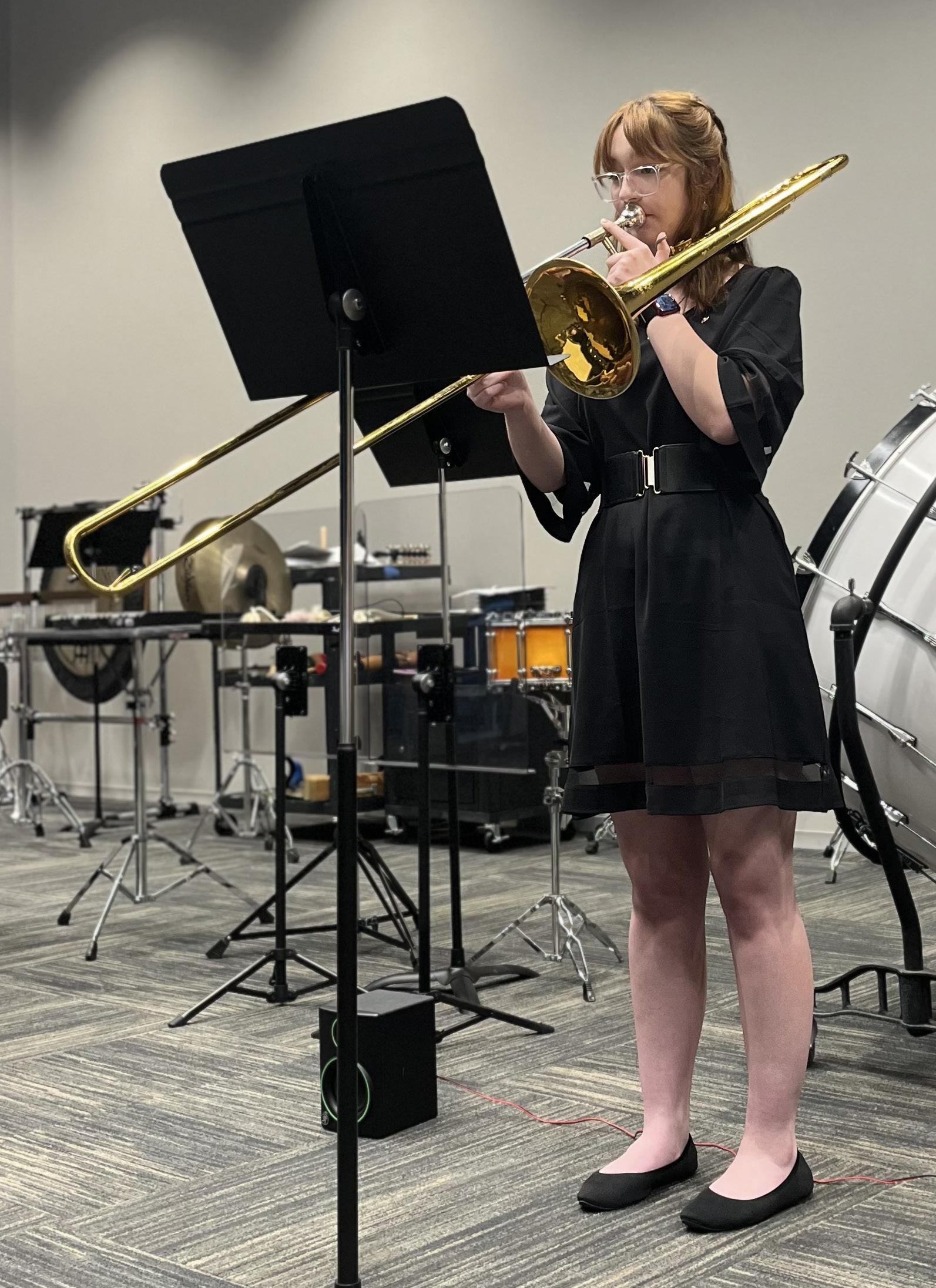 - Quinn Corp (’24)
- Quinn Corp (’24)
6
“Contrating Trombone Repertoire: a Program of Pieces Progressing from Different Eras and Styles”, An Excerpt
Arts Across Arkansas
Arts Across Arkansas is a pilot program, sponsored by the Arkansas Arts Council, where students are nominated by teachers for their talents in the areas of music composition, photography, literary arts, dance choreography, and visual arts. One senior was nominated for the literary arts category and was one of a handful of finalists chosen by members of the Arts In Education Roster. These teaching artists then mentored each finalist before the state finals.
MARK
Everyone calls it an addiction. We throw addiction on everything now, and I won’t call it an addiction. I refuse. I just need my alone time. That’s all I consider it. (beat) I create here. I create out there, too, but in here everything is smooth, rethought. Hand-picked. Perfect. Angie would be proud if she could see what I could make for here. There is only one caveat: It’s only mine. It exists only
MARK points towards his forehead.
MARK
-In here. But there is so much to live for in this place: there’s fame, fortune, love, money, anything a greedy man could ever ask for. Every hope and desire exists in here. Angie is here. Her mother is here. I mean- even you’re here!
Angie is still my little sunshine and I love her mother so much more than I ever did before. Isn’t that wonderful? Let me show you how it works. Before, that was memory. Memory will always ring true, but here I can add a twist. Make things the way they ought to have been.
Watch-
12
Kacie Koen (’23), In Memoriam, 2023, Arts Across Arkansas, Literary Arts Finalist, 2nd Place
Dr. Nathan Groot on Music
“The ASMSA music program is vibrant and growing rapidly. At ASMSA, we vigorously pursue musical excellence by focusing on technique, musical literacy, and constant improvement through structured musical study. Students work one-on-one with music faculty in the Applied Lesson course and share their work by performing in the solo and chamber Studio Recitals. Each semester, we work to create a culture of live performance and make live music a regular part of life on ASMSA’s campus. The musicians in our student body have more opportunities to share their musical artistry with their peers and teachers than ever before. Students perform challenging repertoire in large ensemble concerts in the Wind Ensemble, Jazz Ensemble, Choir, and String Ensemble. Participating in ensembles requires creative collaboration and careful listening, which helps prepare students for future musical pursuits and builds skills that can be applied in other areas of their lives, regardless of their chosen career path.
ASMSA students who are interested in music can also take university-level music theory and music history courses. These courses help students become better and more-informed creators and consumers of music. Students can also take Music Capstone, which allows them to compose new music, research a topic related to a musical field, or give a lecture-recital on their instrument. At the end of each academic year, students will present their work at the Arts and Humanities Research Capstone Symposium. These projects help build important research skills, prepare students for the work required in undergraduate and graduate programs, and allow them to think deeply about a topic that interests them.
The music students at ASMSA set new records at the regional and state level each year. The size of ensembles and musical opportunities for students continues to increase. As this program continues to grow, we will strive to make music a fulfilling and rewarding experience for every student that will remain with them long after they graduate.”
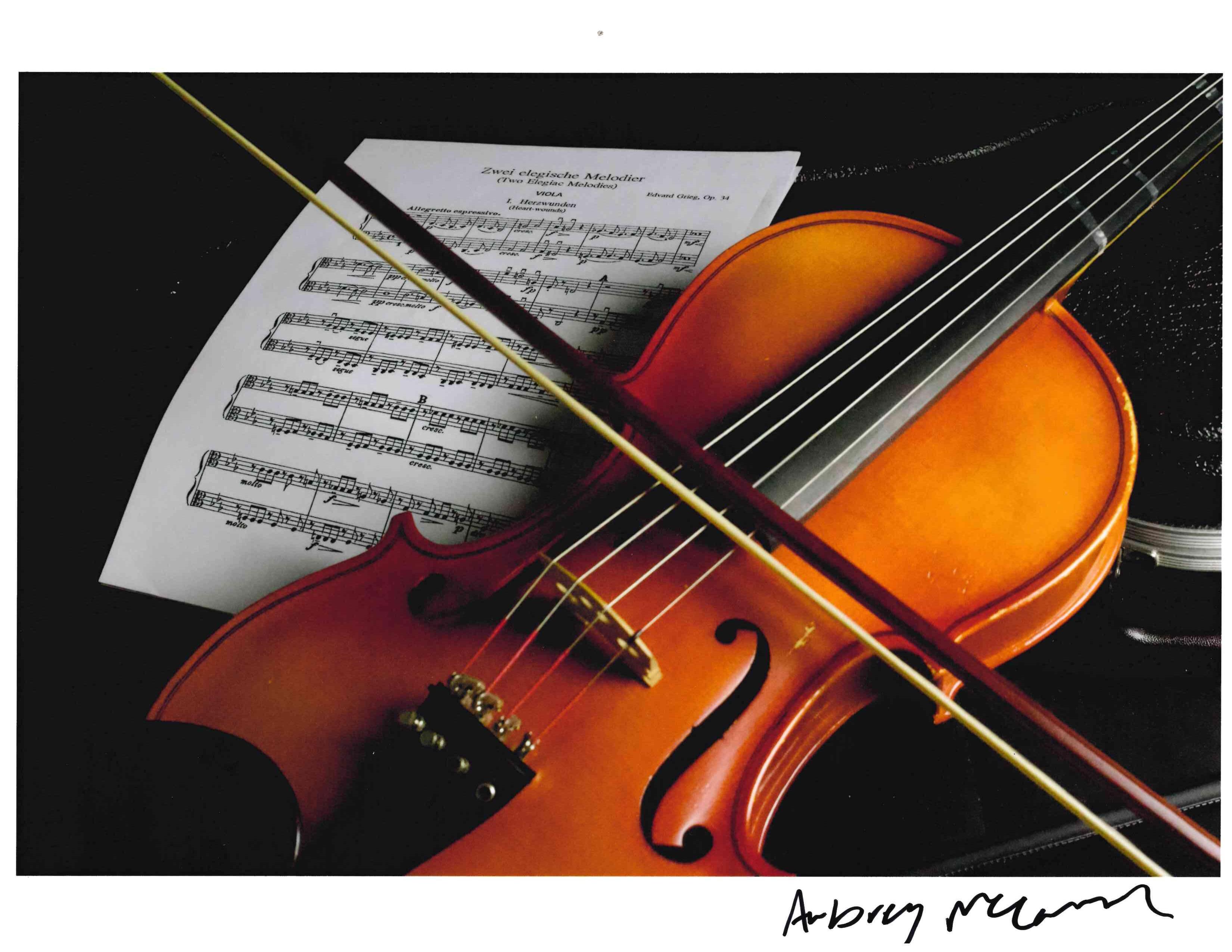
Nathan Groot is a violist and music instructor at the Arkansas School for Mathematics, Sciences, and the Arts where he directs the string ensemble and teaches various music courses. He earned his DMA from the University of Georgia, his master’s degree from Miami University, and his Bachelor’s degree from Tennessee Tech University.

Courland Callis on his experience in the Arkansas Symphony Youth Orchestra
“The Arkansas Symphony Youth Orchestra is an ensemble under the Arkansas Symphony Orchestra consisting of upper-intermediate to advanced players throughout Central Arkansas. Many players are often All-State students as well. I’ve been a member of the orchestra since January 2022 and have played a variety of works ranging from classical to contemporary. There are approximately 6-8 yearly concerts, and the season starts in August, ending usually around April or May. In the past year alone, I’ve met many talented musicians, and while we only met one or two times a week, I’ve not only learned to grow as a musician but also I’ve made plenty of incredible memories. In fact, some of my favorite moments—like twenty of us crowding into a restaurant to grab a bite, or collectively stressing about getting dressed on time—usually happened before some of our best concerts. I’ve learned plenty of skills and I’m excited to see where it leads me in future music opportunities.”
Courtland Callis (’23) is an ASMSA senior from Alexander and a previous music capstone student. He has earned all-region honors for horn, and is a longtime participant in Wind Ensemble. He will be attending Bowdoin College this fall.

13
Aubrey McGarrah (’24), 2022, Digital Photography
Alexander Back on the inspiration behind his capstone project, entitled Year One
“Through this past year, I’ve gone through a lot of changes that have helped me become a better person. It’s kind of scary, you don’t always know where you’re going. I didn’t originally go into it with structure. I wasn’t building a song, I was just figuring it out. I would say most of my works are heavily inspired by the work of Chopin, which is why I have a lot of romantic era influence, a lot of that style. I can express myself better with music, so I just let myself play, like I usually do. For Sapphire, I had been getting into jazz a bit, and I was looking around on YouTube when I stumbled across a video, and it was talking about the Kenny Barron technique, and I used that in Sapphire. It has a kind of unique sound. It’s kind of funny on paper, but it resonates in person, I’d say. I built the piece around that. For the other two pieces, I had more of a narrative in mind. Funny thing, originally my compositions were supposed to be named after birthstones. Sapphire is my mom’s birthstone, and it’s also the start of fall - I wanted to do the 4 seasons. The original name for Someone New was Tanzanite, and then Windchimes was Aquamarine. I’m writing a 4th, and I wanted it to be a fanfare. Moonstone was the name of the summer birthstone - well, they had Alexandrite, but that sounded a little too narcissistic. I changed them because I wanted them to be a little more sentimental, for me. I kept the name Sapphire because I wanted to show the progress I’ve made, how I didn’t know where I was going, and it represents the beginning of my journey as a college student, as a music composer - or something. Windchimes represents spring. I originally came up with it after fiddling around with the piano. I was doing fifths. It kind of sounded like spring to me, and I didn’t know why. You know windchimes, the ones you put on your porch in the spring? They’re pitched in a pentatonic scale. They have 5 notes in them instead of the regular 7, taking out the half-steps of the major scale, which takes out the dissonance. You can smash down the entire scale, and it would sound resonant. I wanted to contribute that into the song with Windchimes. Windchimes are on my grandma’s front porch. I would always sit with her, so I wanted to put that in the songs in some form or fashion. The song’s narrative doesn’t really follow windchimes, it’s more of a technical inspiration. The narrative has to do with nature’s resilience. If a flower can thrive on its own and survive in its environment, I can too.”
Alexander Back on how ASMSA led him to want to pursue music as a career
“I always had the inspiration in my life, but I had the problem everyone has: what am I going to do with that? What am I going to do with my art, with my music? I kind of strayed away from it, originally, to other fields that were more straightforward. For music, for art, it’s not always that way. You kind of just have to have ‘it.’ ASMSA really inspired me to do what I wanted to do. I decided it made more sense to follow my passions. Working with Dr. Dempster, being with this band, has really helped me feel a lot better about my path. It’s fueled my passion, it makes me more confident in what I’m doing. I didn’t know I could write music, which is pretty cool - I think I did pretty alright.”
Alexander Back (’24) is an ASMSA junior from Haskell who participated in the music capstone. He showcased his compositions a number of times throughout the year, including at DolphinStock and, most recently, during Symposium.

14
Brad Wreyford on the ArtPod Program


“At ASMSA, research is a vital part of our curricula. All students are required to participate in a year-long research project during their junior year, commonly referred to as the capstone experience. The Visual Arts and Design Progam of Distinction (Art P.O.D.) program is the name for our visual design capstone track. It differs from the other capstones in multiple ways. Mainly, ArtPod is a track of core classes taken during junior year, rather than one single class focused on one research project. The classes include 2D Design, Drawing, Graphic Design (or digital photography), and Humanities in the Arts. The goal of ArtPod is to produce a foundational portfolio worthy of college admission, scholarship, and other post-secondary endeavors. Upon completion of these core classes, the students will compete in an exhibition of their 5-7 best pieces from the year. Many students choose to exhibit the same assignments; however there are considerably different interpretations. Also, because ArtPod students are daily creators, they are encouraged to include extracurricular work in this exhibition as well. It is the intent of the administration and faculty for the studio mindset of Art P.O.D. juniors to carry over into their senior year.”
Brad Wreyford is a multimedia artist, instructor, and family man living in Hot Springs. He began his career as an artist after a very difficult Linear Algebra test. He knew he was good at math, but realized that day he wasn’t good enough. He was always creative and had a wandering mind. Mathematics and engineering, though appealing, did not provide the creative or industrious satisfaction that art would. He never really looked back.
That was twenty years ago. In the meantime, he acquired art degrees from Louisiana Tech University and Louisiana State University. After his MFA tenure at LSU, he was picked up by the Cole Pratt Gallery, and has remained a consistent contributor to the New Orleans art scene. Since 2014, he has been the Fine Arts Coordinator at the Arkansas School for Mathematics, Sciences, and the Arts.
 Ari Pennington (’23), Piece of Cake, 2023, Digital Photography
Ari Pennington (’23), Piece of Cake, 2023, Digital Photography
15
Jaden Williams (’23), Faith Over Mind, 2022, Graphic Design
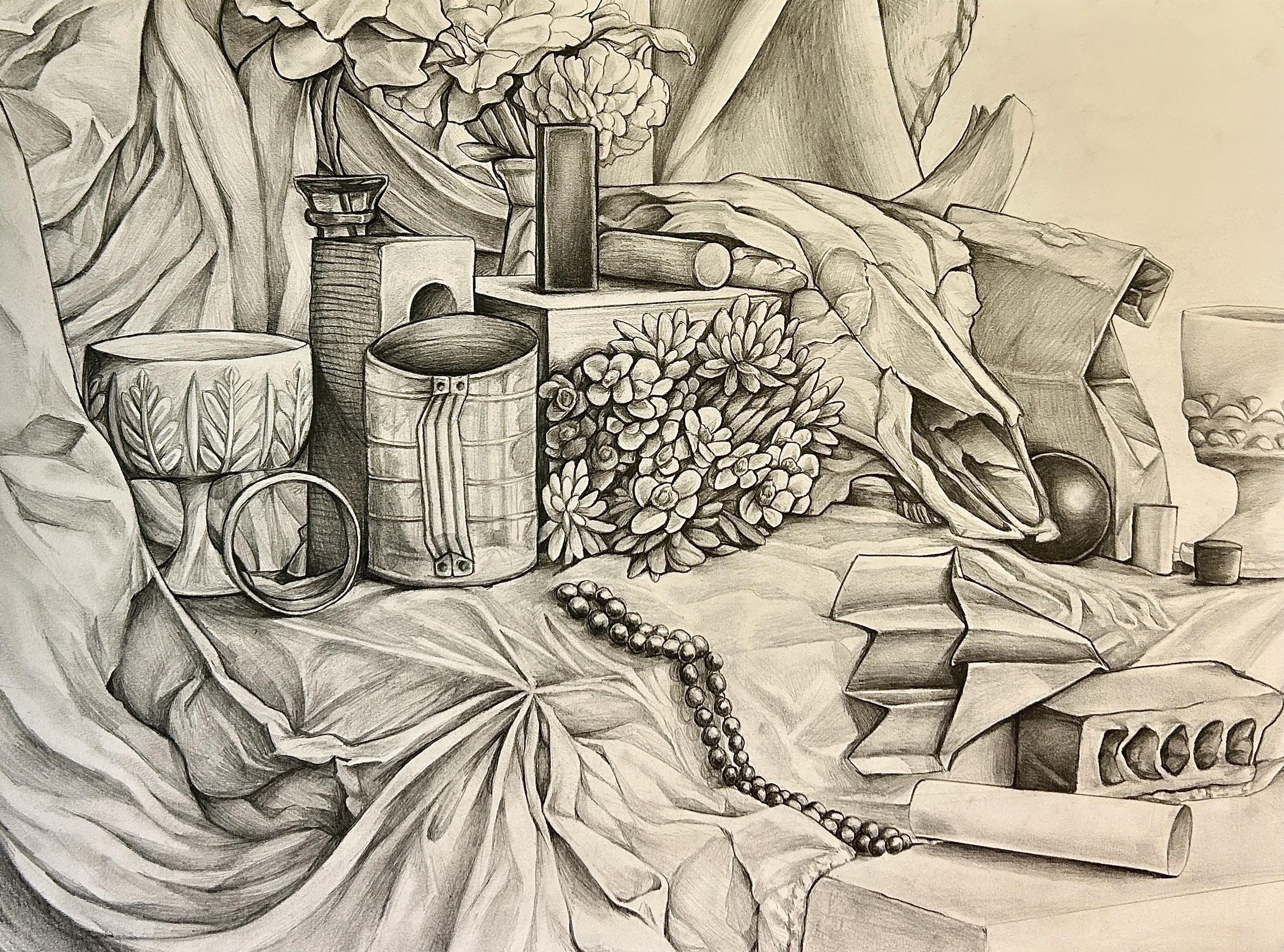

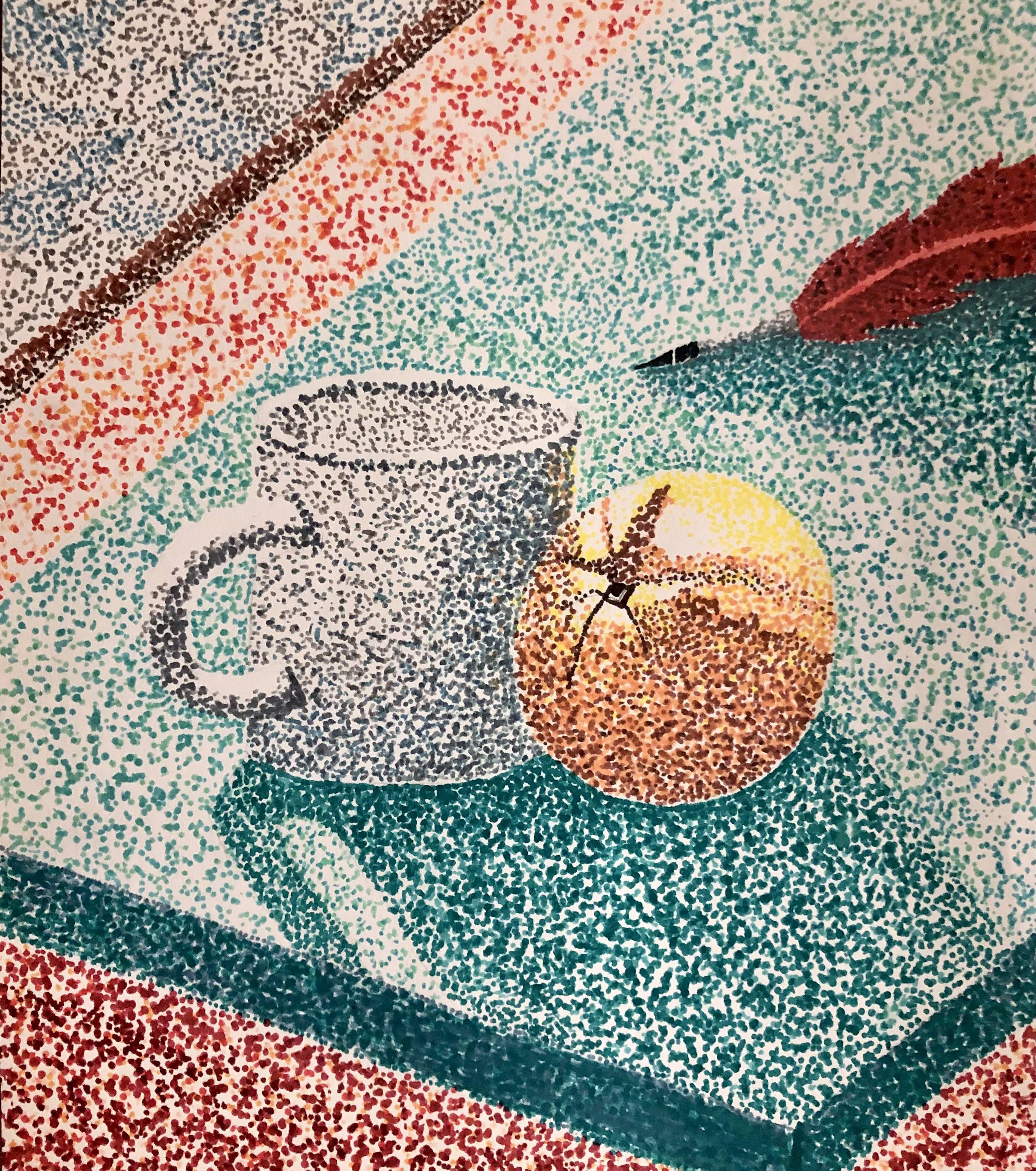 Lyla Hill (’24), Fundamentals of Drawing Final, 2022, 20x30”, Graphite, Fundamentals of Drawing
Lyla Hill (’24), Fundamentals of Drawing Final, 2022, 20x30”, Graphite, Fundamentals of Drawing
16
Charlotte Lammers (’24), ABC’s and 123’s of Medieval Europe, 2022, 18x18”, Paper Collage, 2D Art
Yared Belete (’24), Asesino, 2022, 18x24” Marker, 2D Art

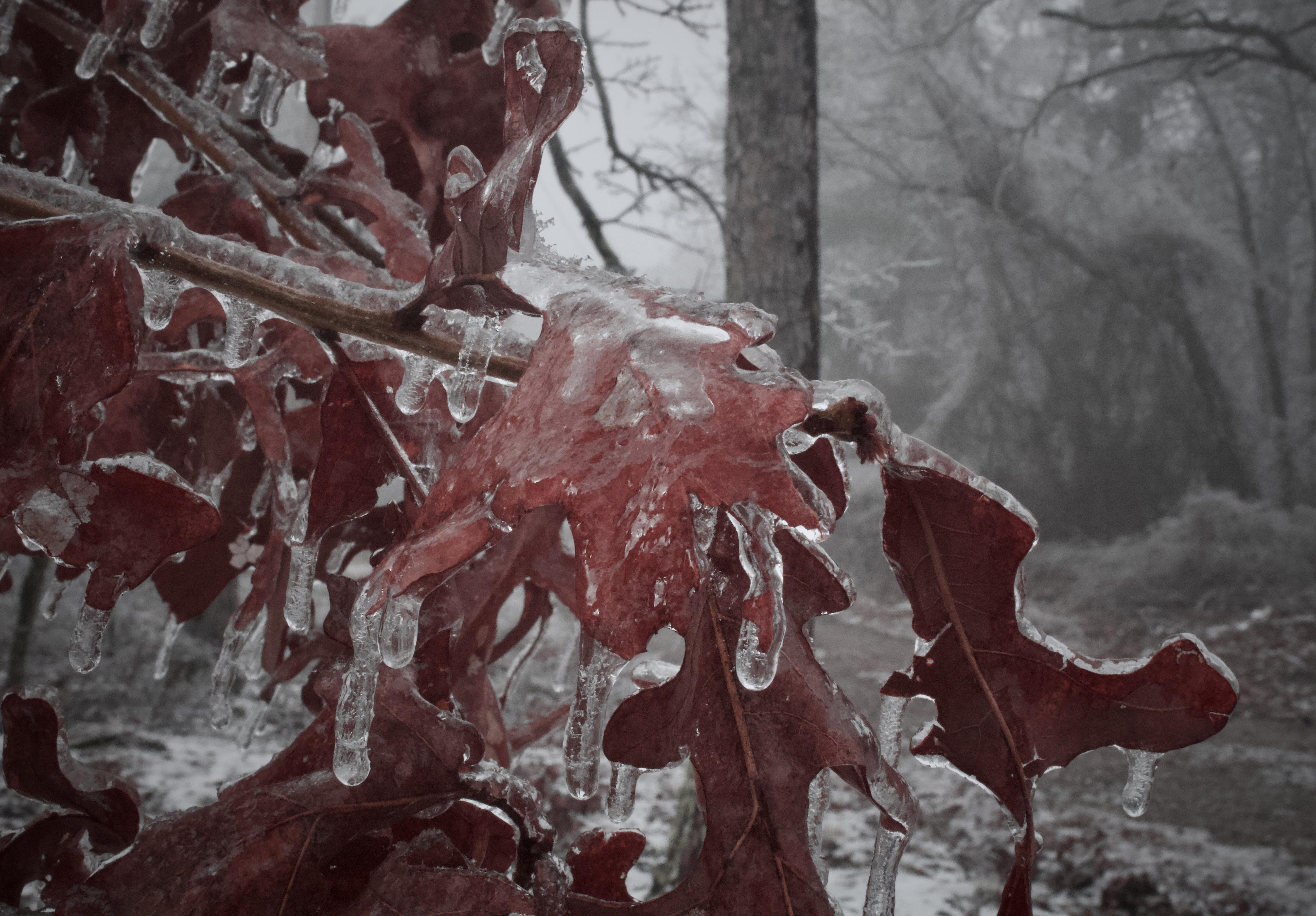


 William Liu (’24), Face Trace, 2023, Digital Art, Graphic Design
Dustin Taylor (’23), Untitled, 2023, Digital Photography
Iris Morris (’24), Teacher Walt, 2023, 5x7”, Acrylic on Canvas, Painting I
Lilly Hardin (’24), A Collection of Doodles, 2022, 18x18”, Mixed Media, 2-D Art
William Liu (’24), Face Trace, 2023, Digital Art, Graphic Design
Dustin Taylor (’23), Untitled, 2023, Digital Photography
Iris Morris (’24), Teacher Walt, 2023, 5x7”, Acrylic on Canvas, Painting I
Lilly Hardin (’24), A Collection of Doodles, 2022, 18x18”, Mixed Media, 2-D Art
17
Avery Binuya (’24), Iron Luster, 2023, Glazed Porcelain, Wheel Thrown Ceramics


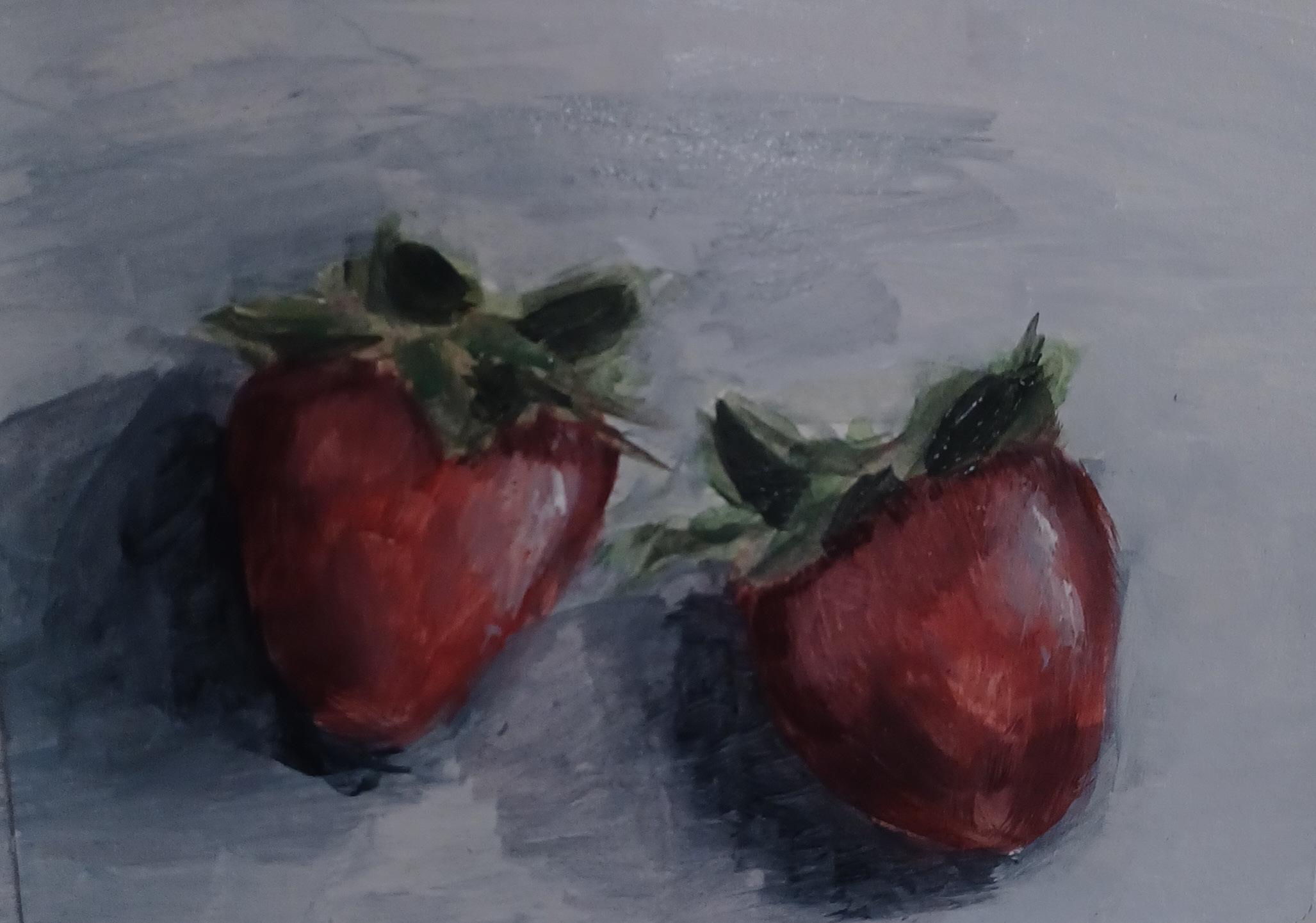
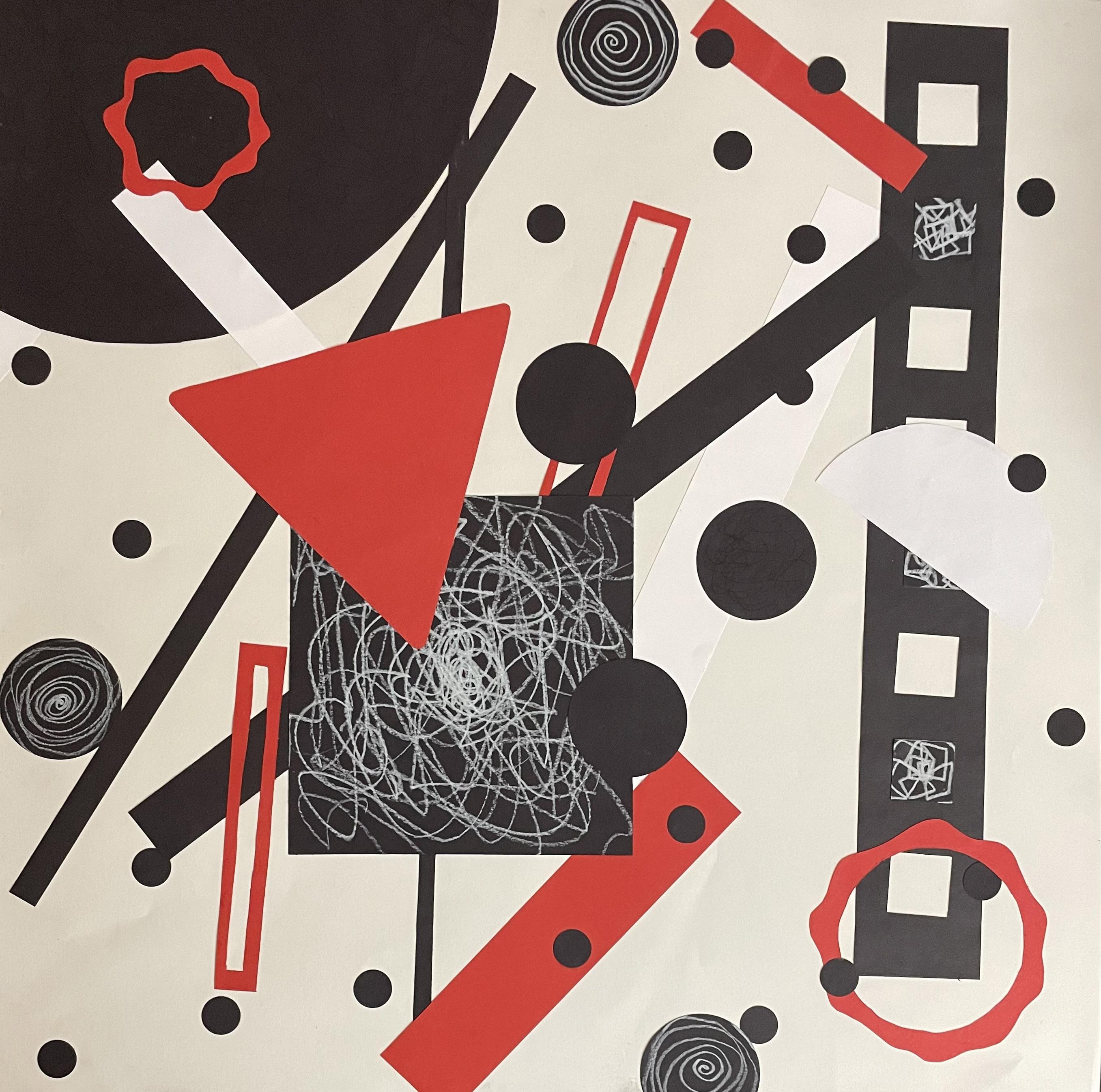 Maddox Porter (’24), Curb’d (Victor) 2022, 11x17”, Charcoal, Fundamentals of Drawing
Ciara Stephens (’24), T-Shirt Value Drawing, 2022, 24x18”, Graphite, Fundamentals of Drawing
Xander Napier (’24), Two Lonley Strawberries, 2023, 5x7”, Acrylic on Paper, Painting I
Maddox Porter (’24), Curb’d (Victor) 2022, 11x17”, Charcoal, Fundamentals of Drawing
Ciara Stephens (’24), T-Shirt Value Drawing, 2022, 24x18”, Graphite, Fundamentals of Drawing
Xander Napier (’24), Two Lonley Strawberries, 2023, 5x7”, Acrylic on Paper, Painting I
18
Kiria Flowers (’24), The Crash, 2022, 18x18”, Paper Collage, 2-D Art
James Katowich on Creative Writing

“Like every capstone class, Creative Writing is devoted to helping students face the challenges of starting a major project and seeing it through to its completion; for us that usually includes taming writers’ block, accepting our own literary imperfections and rewriting every sentence until our work sparks ideas and emotions in our readers’ or listeners’ minds. At the end of the second semester, when our students hold in their hands a substantial original work and share part of it with an audience, it is always gratifying to see the confident writers they have become. Like every capstone class, Creative Writing is devoted to helping students face the challenges of starting a major project and seeing it through to its completion; for us that usually includes taming writers’ block, accepting our own literary imperfections and rewriting every sentence until our work sparks ideas and emotions in our readers’ or listeners’ minds. At the end of the second semester, when our students hold in their hands a substantial original work and share part of it with an audience, it is always gratifying to see the confident writers they have become.”
James Katowich was born in Michigan but grew up in the hills of Northwest Arkansas. After earning a B.A. in English and an M.F.A. in Creative Writing at the University of Arkansas at Fayetteville, he worked for five years as a college instructor. Mr. Katowich teaches Sophomore Composition II, Junior Composition I, American Studies, African American Literature, and Southern Literature.
a housefly is now dead because of my own hand. the remains stuck to my bare palm. why did i kill it? kill him? the lives of living creatures are subject to my whims. i am their careless god. i stopped eating meat for the little animals but only for the animals that looked like me. my brethren of flesh, of milk and warm blood. are their lives worth more because of their fur? i still crush the shells of ants, beetles, and crickets. kick over crawdad mounds for no good reason at all. i sprinkle salt on slugs that invade my space. i still kill flies, even though they’ve never hurt me.
Zoie Cleghorn (’24), “a housefly’s death”, 2023
INT. BASEMENT-MIDNIGHT A PARTY.
Bass-heavy music bounces off the walls and the oscillating mass of partygoers. Ultraviolet lights cut through the darkness, illuminating glowing decorations of cobwebs, creepy crawlies, and cloth stained with blood. Party streamers hang from the ceiling, brushing against guys in unimaginative costumes and girls wearing barely any costume at all. A sheet ghost hurls a ping-pong ball into a red solo cup, splashing beer everywhere. A gang of wizards chants the ancient spell “CHUG!” at a skeleton.
Beyond the chaos of drunk ghosts and ghoulies, RAGGEDY ANN leans against a wall, sipping on some red drink in a cocktail glass. She brushes a thick lock of crimson yarn from her makeup-covered face.
Morgan McKenna (’23), “Raggedy Ann”, 2023
19
It is a dome of possibility
It is a dome of possibility, A warm vanilla cake set off with cream: A concoction of all things in unity.
I never knew there was a probability Of me making something like a dream; It is a dome of possibility.
I wonder if it was worth all the irritability To make something that pushed me to my extreme: A concoction of all things in unity.
The whipping of the egg whites required all my agility, The assembly required a strict regime, It is a dome of possibility.
I never tried it before because of my incapability To create something of esteem: A concoction of all things in unity.
There is a sort of fragility
To the towering cake that gleams, It is a dome of possibility,
Pragya Chauhan (’24), “It is a dome of possibility”, 2023
A man walks the gritty earth, not alone. His love walks beside him inside his arm. They speak, weak in flesh, but strong in their tone. Not having known the sweet fruit’s deadly harm. Their father cries out in anger and despair Loving them, but unable to forgive yet. They must return to dust, the judgement’s fair. Until He comes, no repentance they’ll get. But one day, when that Man comes down for them, They will rejoice, to meet Father again.
Grasping His warmth, reunited in love. They will wait for that day, in sun or rain. The moment when comes down from sky, the dove. But for now we have to wait, patiently, Doing His work, wait for the day, gladly.
Kuhno Lee (’24), “To Wait”, 2023
Oh, how I hate a southern summer
Hot weather
And the cicada’s drone. The heat of the sun too much to bear. What can I do But sit inside?
Southern summer nights Are no better. I toss and turn
Smothered in the dark, I do not sleep in the summer. I stare at the wall. And when I do, finally, Drift off; I dream of rain. And on days
Where that dream comes true: The cicadas quiet down, The sun slinks behind the clouds, And it rains
For only a moment, Before the sun returns, The drone returns, And the water returns As steam Back
To the southern Summer’s Sky.
Alex Pyburn (’24), “Southern Summers”, 2023
20
In my (highly overactive) mind and imagination, my best memories appear golden, and my worst are depicted in varying shades of gray, accompanied by a feeling of dread, sadness, anger, or regret. At the time of writing, I see the day my family hopped into my mom’s Toyota Highlander to attend a farm party in Myrtle, Missouri in a neutral sepia: average at best.
In all honesty, the clearest thing I recall is the food. Even now, phantom popcorn butter rests on the edge of my tongue, begging to be washed down with an ice-cold lemonade (They made it just how I liked in Myrtle, more sweet than sour complete with a honeyed aftertaste). I found it quite difficult to bond with the other children there that were my age, I opted to stay with my parents for a while as their friend the owner gave a pig-butchering demonstration, using one of their signature Berkshires for the event.
Utterly unable to stay in one place for long, I soon found myself skirting around the edges of the clearing, drawn to a ballooning structure in the distance. At that moment, I was curious about what could be out there. An enchanting after-dinner tour revealed it to be a massive pigpen, populated with pink and grey bodies ranging in size from tiny to impossibly big. One piglet in particular caught my eye, holding my gaze the entire time I was near the pen. The whole experience seemed weirdly personal, the exact atmosphere of the encounter a bit intangible. After we had walked back up the road to where we had been earlier, the sun quickly went down, the party dying along with the last rays of sunlight.
We left the farm with a box of the farm’s pork products traded for a promise to come back soon. In the days immediately following the event, I didn’t look back on it sentimentally. A year later, however, I discovered that I quite liked the idea of going back, of getting to peek through the window of lovely rural life once more.
The next year, we arrived early enough to see the owner and his wife setting up the tents and setting up this year’s demonstration. The whole time, I waited for that golden feeling I’d felt while reminiscing to wash over me once again, maybe even stronger. I expected to feel like I was in Charlotte’s Web; after all, I had the picturesque farm backdrop, Wilbur’s youthful attitude, and southern drawl to spare.
But as the hours passed, I was nowhere near experiencing the nostalgia that I craved. That was when I realized; I was expecting to relive a romanticized sequence of events, one I had painted over in my mind with that golden film that graces so many of my best memories. Now that I think about it, the actual experience I had the year before was probably nowhere close to that, most likely akin to what was going on at that moment, the festivity riddled with annoyances I’d completely forgotten. There were mosquitoes and flies buzzing incessantly around the food. The pigs stank, and the children yelling wasn’t quite so charming as it was migraine-inducing. Even now, I’m still discovering things that contradict that sugar-coated version of reality, like the fact that pigs tend to stare when they are curious or faced with unfamiliar situations. The one I had met the previous year was not, in fact, staring at me because we shared some innate, spiritual connection, and even if it was, it was probably long dead. As a result of these harsh confrontations with reality, I found I was quite pleased when the time came to depart.
To this day, I haven’t been back to the pig farm, partly because of COVID, and partly because I don’t wish to mar my surviving memories of those evenings with the scars of keen perception and logic. In the time since, I’ve also noticed that the farm parties have been a relatively minor example of this phenomenon. As I’ve gotten older, Christmases and family visits have lost more and more of their magic, and I’ve found myself treasuring the memories that remain untouched by reality: delightful anecdotes shining under a golden light, fuzzy with time, forgetfulness eating away at their edges.
Kaira Harper (‘24), “Narratives True and False”, 2023
21
INDEX
Adams, Lilia: 7
Alderdice, Corey: 1
Back, Alexander: 4, 14
Belete, Yared: 7, 16
Bentley, Stella: 3, 4, 5
Binuya, Avery: 4, 17
Breeden, Rebecca: 4
Caldwell, Alexander: 4
Callis, Courtland: 13
Campbell, Ella: 10
Chauhan, Pragya: 4, 20
Cleghorn, Zoie: 4, 19
Coop, Marley: 4
Corp, Quinn: 3, 4, 6
Dempster, Thomas: 2
Flowers, Kiria: 18
Graves, Teddy: 7
Groot, Nathan: 13
Hampton, Makayla: 4
Hardin, Lilly: 10, 17
Harper, Kaira: 4, 21
Hill, Lyla: 16
Isbell, Brian: 3
Jenkins, Natyleigh: 8
Johnson, Anara: 4, 9
Katowich, James: 19
Koen, Kacie: 12
Lammers, Charlotte: 16
Lee, Kuhno: 20
Liu, William: 17
McKenna, Morgan: 4, 19
McGarrah, Aubrey: 13
Monroe, Ivy: 4
Morris, Iris: 9, 17
Napier, Xander: 18
Oliver, Gwen: 4, 8, 9, 11
O’Brien, Nicholas: 4
Pennington, Ari: 15
Peters, Savannah: 4
Porter, Maddox: 18
Pyburn, Alex: 4, 20
Samples, Landon: 4
Smith, Eureka: 4, 8, 10
Sorsby, Cyrus: 4
Stabila, Shea: 4
Stephens, Ciara: 4, 18
Stevens, Michaela: 11
Taylor, Dustin: 17
Williams, Jaden: 15
Wreyford, Brad: 15
Xiong, Emily: 4
CREDITS
Design Editor:
Kiley Barton
Writers: Madison Arenaz
Abigail Finney
Asa Linn
Photo Editor:
Abigail Finney
Cover Design:
Kiley Barton
Natalie McCollum
Faculty Sponsor: Fred Zipkes
22


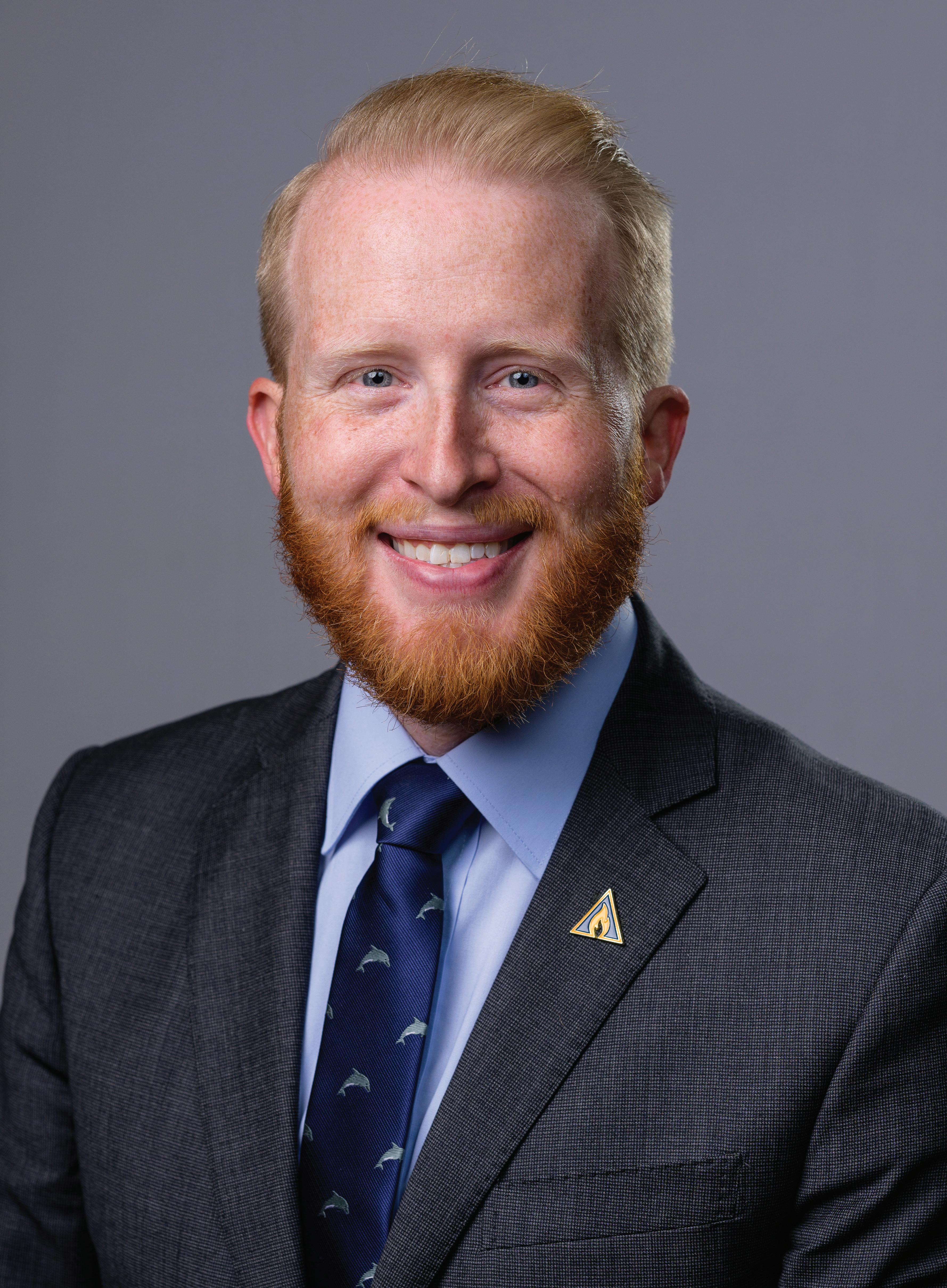








 - Quinn Corp (’24)
- Quinn Corp (’24)
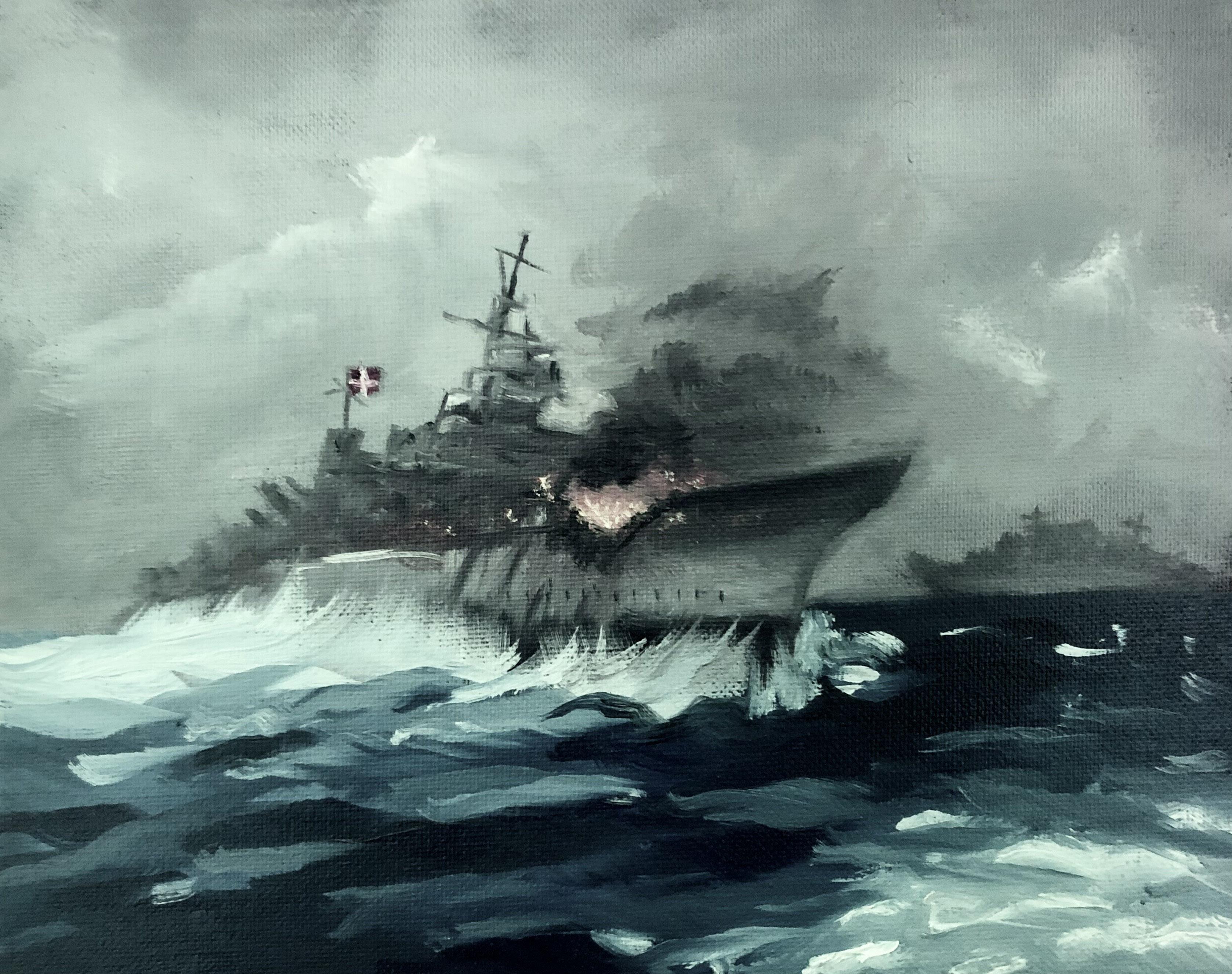

 Teddy Graves (’23), Jester, 2022, Digital Art
Lilia Adams (’23), Backwards Portrait of a Dying Girl, 2022, Mixed Media
Yared Belete (’24), Bismark 1941, 2022, 8x10”, Oil on Canvas
Teddy Graves (’23), Jester, 2022, Digital Art
Lilia Adams (’23), Backwards Portrait of a Dying Girl, 2022, Mixed Media
Yared Belete (’24), Bismark 1941, 2022, 8x10”, Oil on Canvas
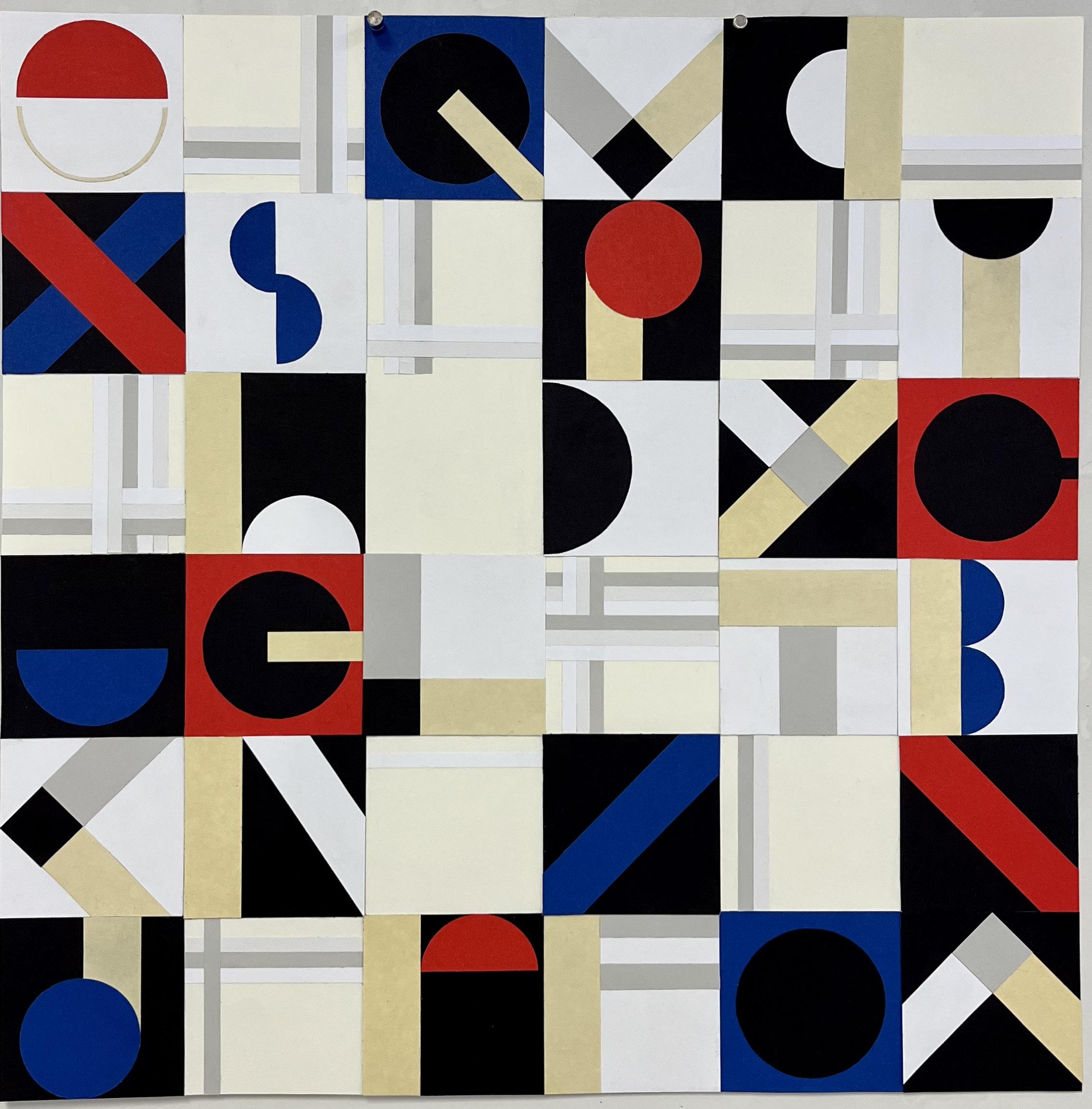
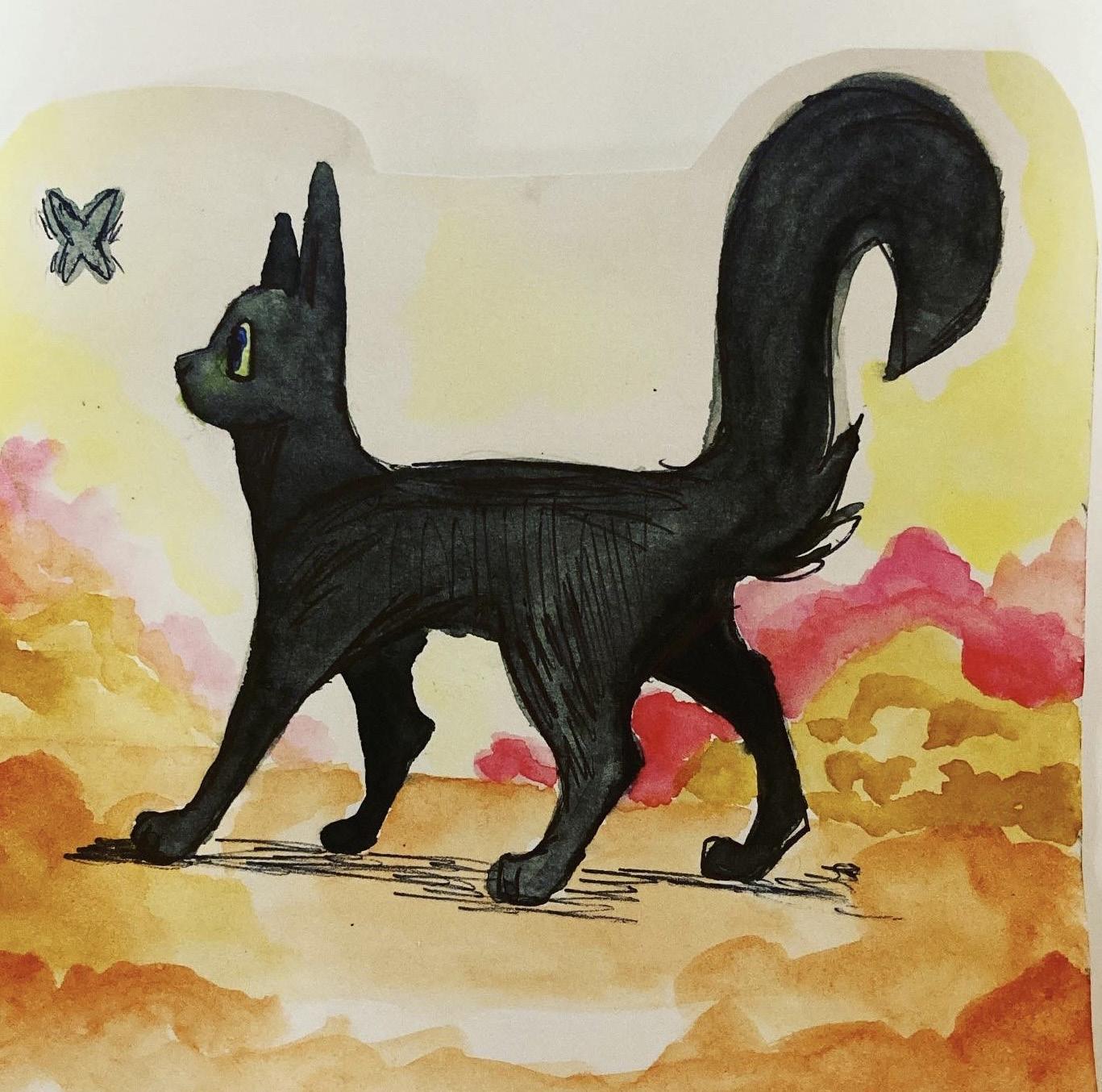
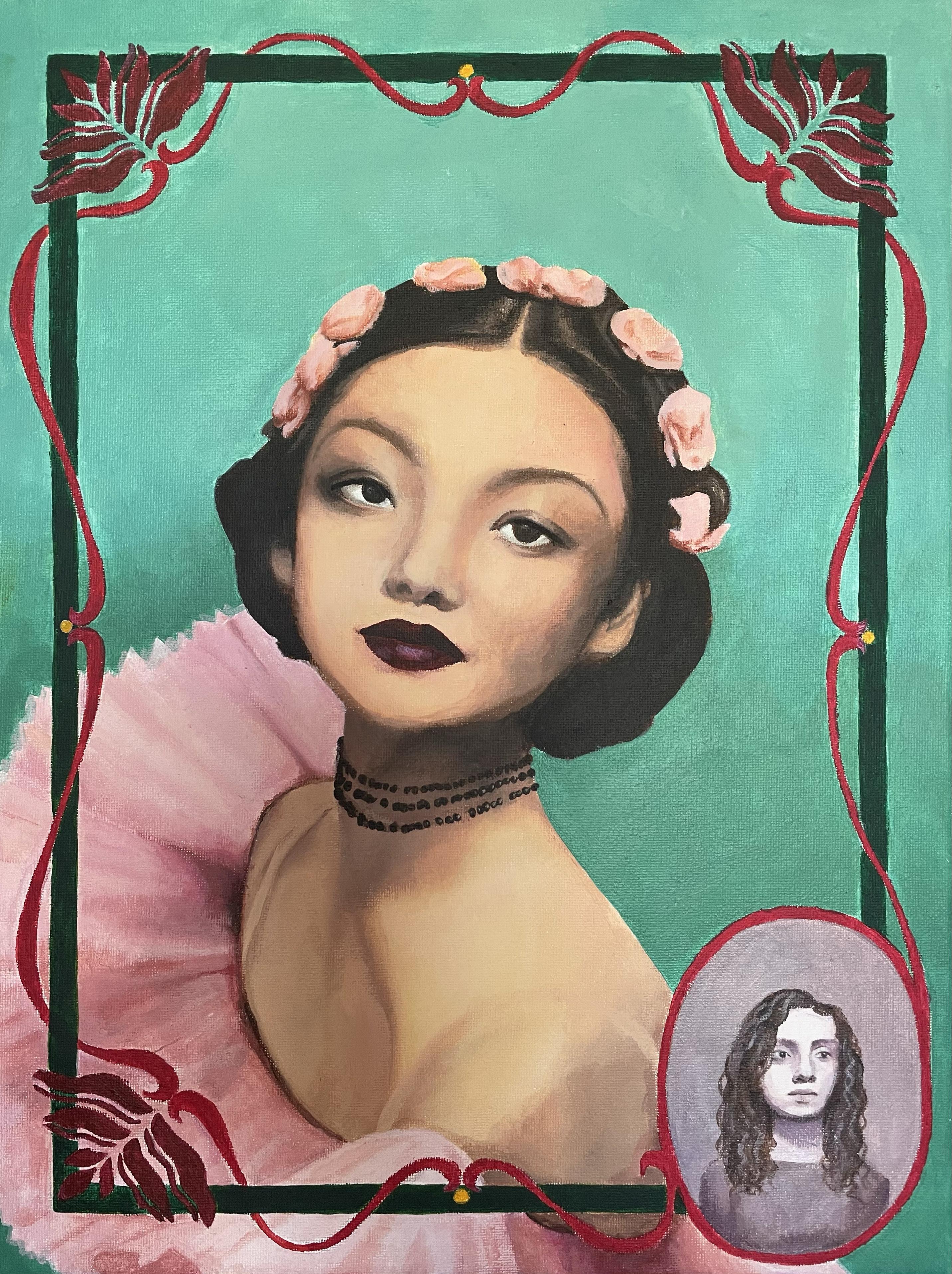 Eureka Smith (’23),
of a Dancer, 2022, 12x16”, Second Place
Natyleigh Jenkins (’24), Black Cat, 2022, 5x5”, Mixed Media
Eureka Smith (’23),
of a Dancer, 2022, 12x16”, Second Place
Natyleigh Jenkins (’24), Black Cat, 2022, 5x5”, Mixed Media


 Anara Johnson (’24), The Portal of Mushroom World, 2022, 16x18”, Mixed Media, 3rd Place Colored Pencil (Expressive)
Iris Morris (’24), Spine and Wing Sculpture, 2023, Multi Media, 3rd Place Scultpture (Expressive)
Anara Johnson (’24), The Portal of Mushroom World, 2022, 16x18”, Mixed Media, 3rd Place Colored Pencil (Expressive)
Iris Morris (’24), Spine and Wing Sculpture, 2023, Multi Media, 3rd Place Scultpture (Expressive)
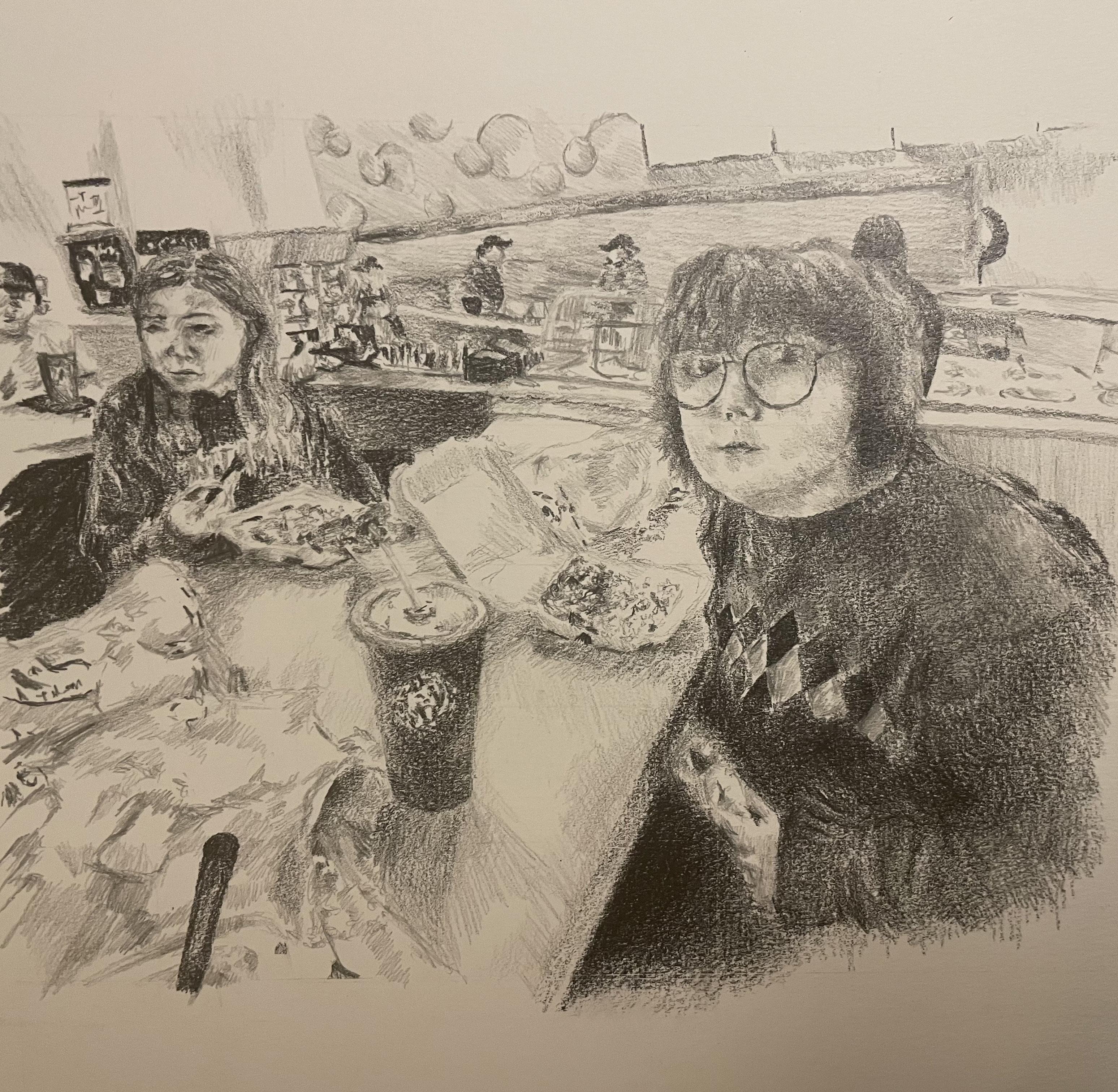
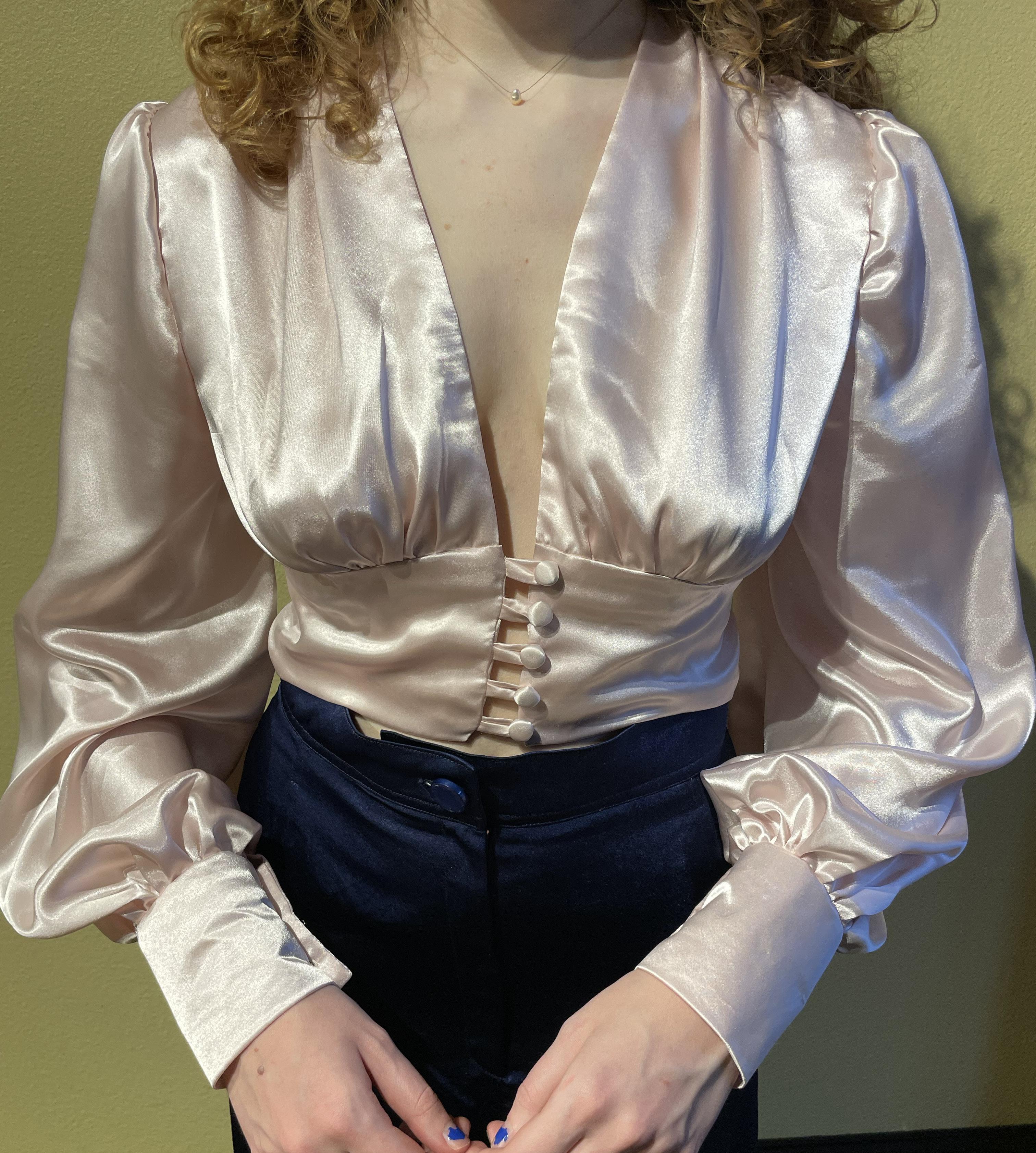








 Ari Pennington (’23), Piece of Cake, 2023, Digital Photography
Ari Pennington (’23), Piece of Cake, 2023, Digital Photography


 Lyla Hill (’24), Fundamentals of Drawing Final, 2022, 20x30”, Graphite, Fundamentals of Drawing
Lyla Hill (’24), Fundamentals of Drawing Final, 2022, 20x30”, Graphite, Fundamentals of Drawing




 William Liu (’24), Face Trace, 2023, Digital Art, Graphic Design
Dustin Taylor (’23), Untitled, 2023, Digital Photography
Iris Morris (’24), Teacher Walt, 2023, 5x7”, Acrylic on Canvas, Painting I
Lilly Hardin (’24), A Collection of Doodles, 2022, 18x18”, Mixed Media, 2-D Art
William Liu (’24), Face Trace, 2023, Digital Art, Graphic Design
Dustin Taylor (’23), Untitled, 2023, Digital Photography
Iris Morris (’24), Teacher Walt, 2023, 5x7”, Acrylic on Canvas, Painting I
Lilly Hardin (’24), A Collection of Doodles, 2022, 18x18”, Mixed Media, 2-D Art



 Maddox Porter (’24), Curb’d (Victor) 2022, 11x17”, Charcoal, Fundamentals of Drawing
Ciara Stephens (’24), T-Shirt Value Drawing, 2022, 24x18”, Graphite, Fundamentals of Drawing
Xander Napier (’24), Two Lonley Strawberries, 2023, 5x7”, Acrylic on Paper, Painting I
Maddox Porter (’24), Curb’d (Victor) 2022, 11x17”, Charcoal, Fundamentals of Drawing
Ciara Stephens (’24), T-Shirt Value Drawing, 2022, 24x18”, Graphite, Fundamentals of Drawing
Xander Napier (’24), Two Lonley Strawberries, 2023, 5x7”, Acrylic on Paper, Painting I

